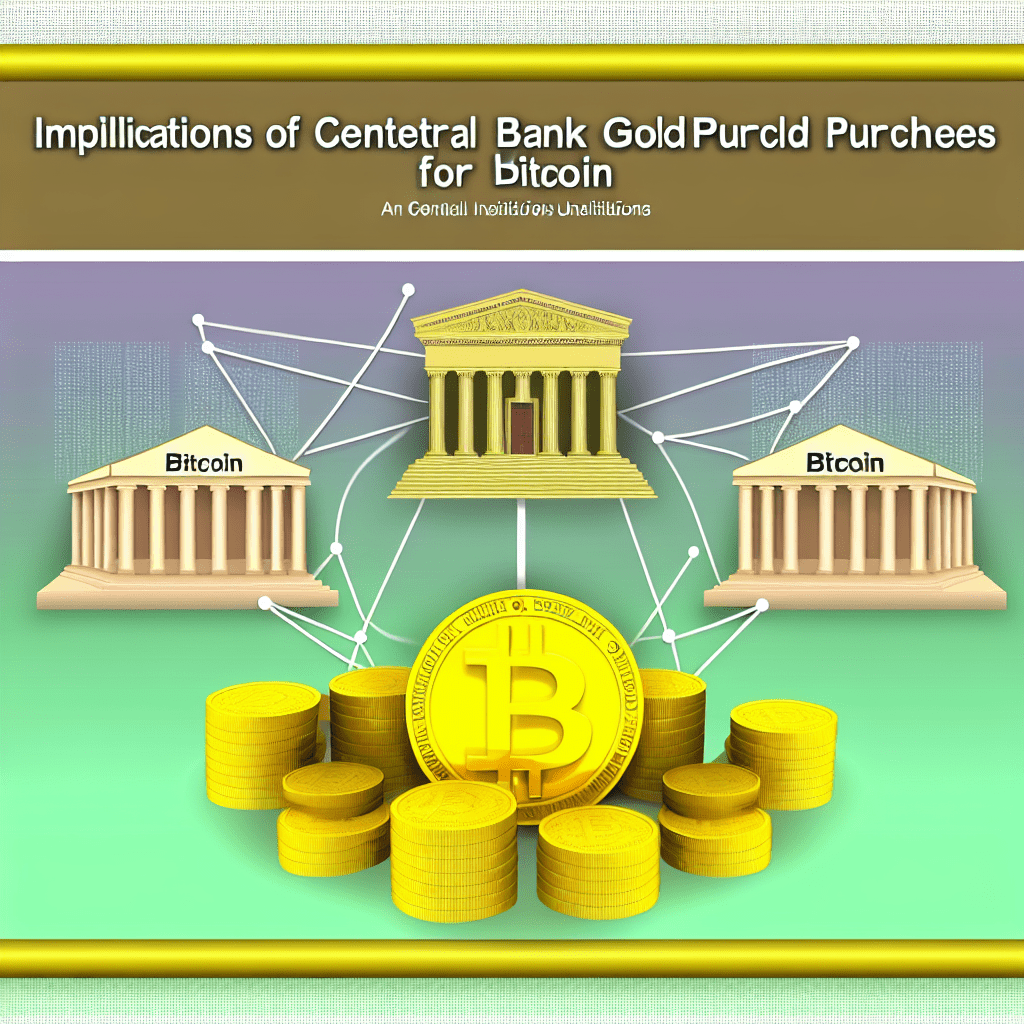In recent years, global central banks have been expanding their gold reserves, a trend that could significantly impact Bitcoin, as highlighted in a recent Deutsche Bank report.
The proportion of gold in central bank reserves reached 24% in Q2, marking its highest level since the 1990s, Deutsche Bank strategists reported on Thursday.
With gold demand currently twice the average seen from 2011 to 2021, some analysts at Deutsche Bank are drawing comparisons between gold and Bitcoin (BTC), which has achieved record-breaking performance in 2025.
The resurgence in gold accumulation signifies a considerable shift in global finance, reminiscent of trends observed throughout much of the 20th century, as Deutsche Bank strategists noted, emphasizing that Bitcoin’s momentum mirrors many of these same dynamics.
Gold reclaims inflation-adjusted highs
While gold has been rapidly hitting new highs in terms of fiat currency, it has only recently surpassed its inflation-adjusted all-time highs (ATH) established in 1980.
“It’s only been in the past few weeks that gold has finally exceeded its real-adjusted all-time highs from around this time 45 years ago,” stated Deutsche Bank’s strategists.
Deutsche Bank cited several key reasons for the prolonged delay in gold reaching its inflation-adjusted ATH, including decades of central bank selling, forced institutional sell-offs, and the ascent of fiat currency.
“Gold’s formal role as a reserve asset concluded in 1979 when the IMF [International Monetary Fund] prohibited members from linking exchange rates to gold—eight years after the collapse of Bretton Woods,” stated Deutsche Bank analysts.
What makes Bitcoin a reserve candidate?
As gold achieves new historic highs in inflation-adjusted terms, Deutsche Bank’s macro strategist Marion Laboure pointed out parallels between the two assets, suggesting Bitcoin could emerge as an interesting store of value.
In a report titled “Gold’s reign, Bitcoin’s rise,” Laboure observed considerable similarities in the performance trends of the two assets since their inception.
Another significant similarity is that both gold and Bitcoin have faced high volatility and periods of underperformance, according to the strategist.
Related: Bitcoin may go ‘boring’ as institutional interest ramps up: Michael Saylor
Furthermore, Laboure noted that both gold and Bitcoin exhibit low correlation with traditional assets, offering substantial diversification benefits.
Prediction: Bitcoin and gold to join central bank reserves by 2030
Regarding Bitcoin’s potential as a central bank reserve asset, Laboure cited its high volatility and status as “backed by nothing” as primary counterarguments.
“However, volatility has now decreased to historic lows,” she added, mentioning additional concerns such as limited use, perceived risks, speculative nature, cyber vulnerabilities, and liquidity constraints.
Related: A Bitcoin strategic reserve may be bad for BTC and USD: Crypto exec
Despite these challenges, Laboure posited that Bitcoin and gold “may both be included on central bank balance sheets by 2030,” referring to their shared characteristics as “safe-haven” assets.
Laboure’s outlook on Bitcoin and gold comes in the context of increasing institutional BTC adoption and growing interest from certain governments in holding Bitcoin as part of their strategic reserves.
Nonetheless, Bitcoin’s volatility continues to be a significant concern for many central bankers, whose main goal is to maintain the value of their reserve assets.
Magazine: US risks being ‘front run’ on Bitcoin reserve by other nations: Samson Mow

